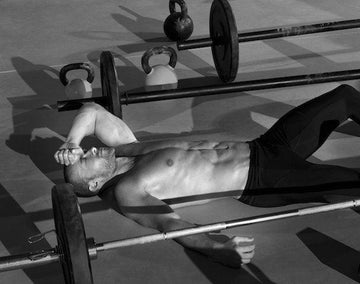Correct Muscle Imbalances with Unilateral Training
Table of Contents
Correct Muscle Imbalances with Unilateral Training
by: Robbie Durand
It’s not uncommon to see a competitor on stage whose arm may be a little smaller than their other arm. Its also very common to see some competitors with different quad size differences, which may be due to an injury, neurological damage or some have bigger limbs without any explanation. It’s not uncommon you’re your writing hand or your kicking leg but stronger than your dominant leg. Although there is no consensus in the literature, strength imbalances between the preferred and non-preferred limbs smaller than 10% have been considered “normal.” All athletes need to be concerned about muscle imbalances because their lower limb asymmetries have also been related to increased injury risks in sports practice, and systematic isokinetic evaluations have a remarkable place for injury prevention in elite athletes. You rarely see lifters doing unilateral training such as single leg squats and single arm bench press. Researchers wanted to examine the responses of muscle and strength to dominant and non-dominant limb responses.
12 healthy and physically active men completed a four-week control period followed by a 12-weeks isokinetic resistance training program, performed twice a week, including 3-5 sets of 10 maximal eccentric contractions for each limb. The researchers measured muscle size and strength throughout the entire study. At the end of the study, the non-preferred lower leg had strength deficits compared to the preferred limb, and this asymmetry is not attributed to the amount of muscle mass. The non-dominant leg muscle responded with greater strength increases than the dominant leg, but the differences in muscle size was not different between the dominant and non-dominant leg training. This suggests that muscular hypertrophy was not related to the increased strength gain in the non-preferred limb. The higher strength gains in the non-preferred leg may be attributed to the increased neural adaptations of this lower limb. In conclusion, the non-preferred limb presents greater strength gain than the preferred limb at the initial phase of an isokinetic resistance training program, and this increased strength gain is not associated with muscle hypertrophy.
Key Points: Lifters should incorporate unilateral training into their routine to increase non-dominant muscle strength and also prevent injury.

















